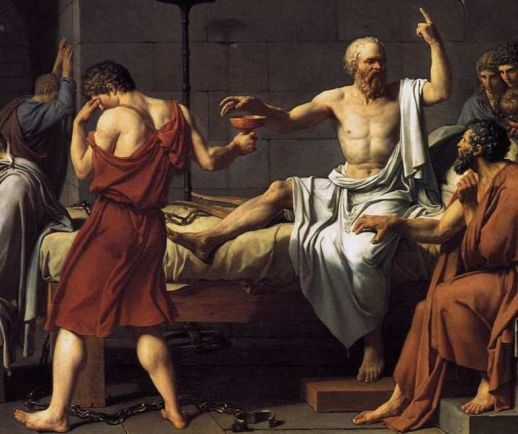“We all grow tired eventually; it happens to everyone. Even the sun, at the close of the year, is no longer a morning person.” ― Joyce Rachelle Till Next Time, Take Care of Yourselves and Each Other .
…..As the days pass by The lonely soul became More lonely, with no other souls as his companion The lonely soul wanders Alone in the walks of life The lonely soul decides Not to die, but to face Life in all its hardships The lonely soul wanders *Tegucigalpa, Honduras View of a butterfly […]
. Κάννες 2019: «Τα Χελιδόνια της Καμπούλ» υπόσχονται ομορφιά και συγκίνηση Το βιβλίο του Γιασμίνα Χάντρα μεταφέρθηκε στο σινεμά σε μια ταινία κινουμένων σχεδίων από τις Ελεά Γκομπέ Μέβελεκ και Ζαμπού Μπράιτμαν “No man owes anything whatsoever to a woman.” In Kabul, capital of Afghanistan, in the late 1990s, the reign of the Taliban […]
. These posters are definitely not in Instagram-friendly format and some of them date back to the very first European elections. From 1979 to 2019, have a look at these election posters to get a feel of a different era. Posters from Italy in 2004, UK in 1979. Some gymnastics and we are good to […]
. Στη «Νοσταλγία», ο Ντομένικο είναι ο τρελός του χωριού. Στο λόγο του απέναντι στην «καλοθρεμμένη, ικανοποιημένη, τυφλή πλειονότητα», που δεν είναι τίποτα λιγότερο από συγκλονιστικός, πριν αυτοπυρποληθεί, φωνάζει: Τι κόσμος είναι αυτός αν ένας τρελός σας λέει ότι πρέπει να ντρέπεστε; Domenico’s speech: “What ancestor speaks in me? I can’t live simultaneously in my […]
. According to the story, Damocles was pandering to Dionysius, his king, and exclaimed to him that Dionysius was truly fortunate as a great man of power and authority, surrounded by magnificence. In response, Dionysius offered to switch places with Damocles for one day so that Damocles could taste that very fortune firsthand. Damocles quickly […]
For centuries I ask God to give me the right of light, so I can fearlessly go to the age of the flowers. He has reasons to keep me uncertain, he says. And he insists that I still need to figure out the beauties of guilt, to get rid of the idea of immortality once […]
“Who knows if the moon is a balloon,coming out of a keen city in the sky filled with pretty people? ( and if you and I should get into it, if they should take me and take you into their balloon, why then we’d go up higher with all the pretty people than […]
. Don’t sell mirrors in the marketplace of the blind . Don’t recite any poems in the marketplace of the deaf. Μη πουλάς καθρέφτεs, στην αγορά των τυφλών, μην απαγγέλλεις ποιήματα, στην αγορά των κουφών. .
. Roses are red Violets are blue, Presenting a spoon Means I love you Welsh love spoons are decoratively carved wooden spoons that are often presented as a gift of romantic intent. The love spoon is normally decorated with various symbols of love and were traditionally intended to showcase the skills of the carver. […]




